Heavy Duty Workbenches
Heavy-duty workbenches in the Rhino range are designed for constant use with UDL ratings from 350 to 800 kilograms. Used across a host of industries, they come in five standard designs, and each in at least four standard sizes ensuring that you will find the best industrial workstation for your application.
Bespoke sizes also available subject to quantity. These benches can be used in settings from assembly lines to packing benches and as cutting benches with our range of bench mats. They all have a standard working height of 900mm and most have the option of an undershelf and roll holder for bubble wrap, cardboard, or fabric reels.
-
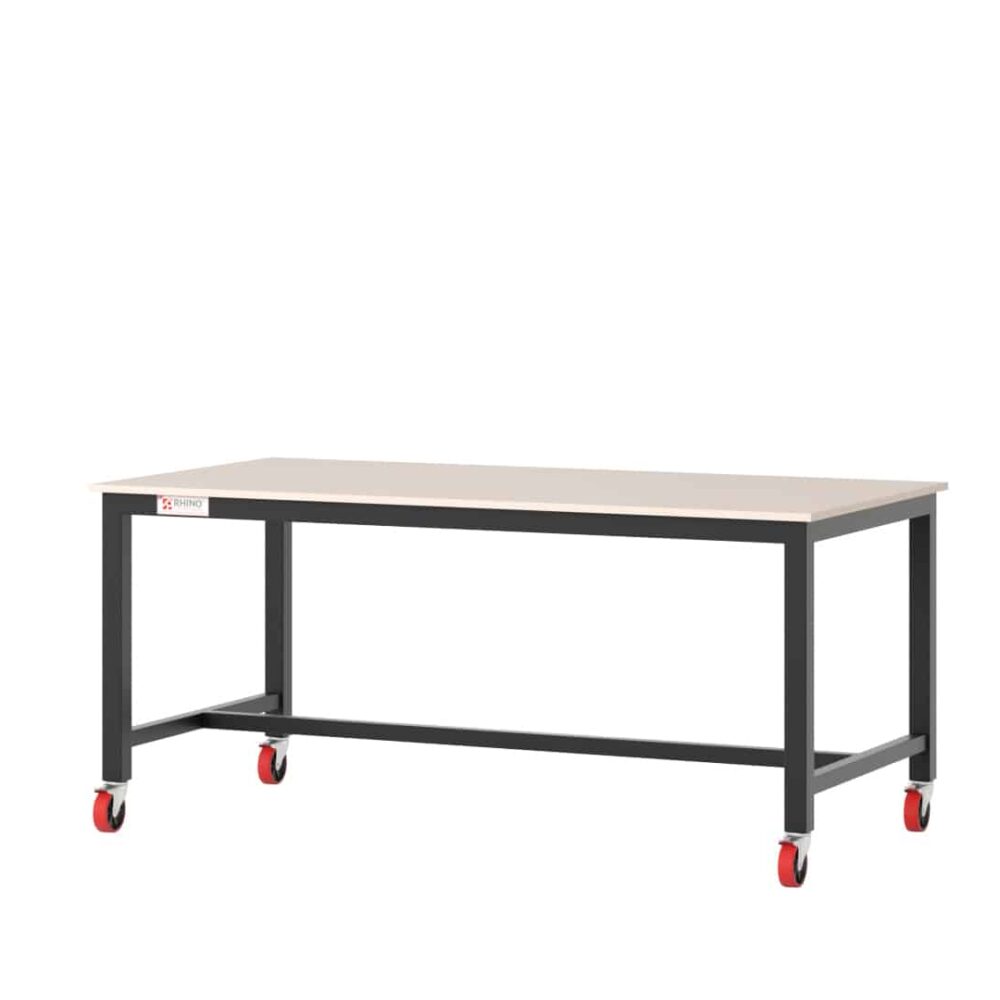
Heavy Duty MOBILE Metal Workbench
From £569.03 exc. VAT This product has multiple variants. The options may be chosen on the product page -
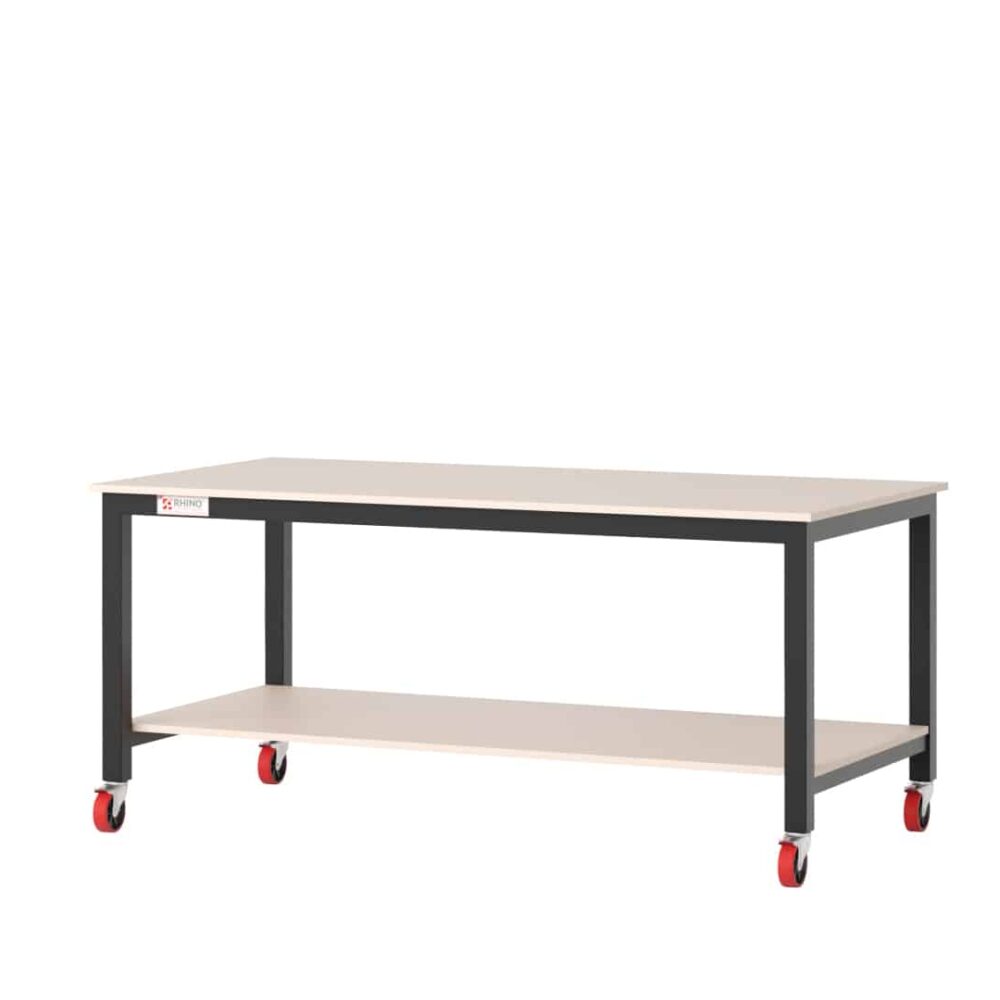
Heavy Duty MOBILE Metal Workbench with Undershelf
From £678.79 exc. VAT This product has multiple variants. The options may be chosen on the product page -
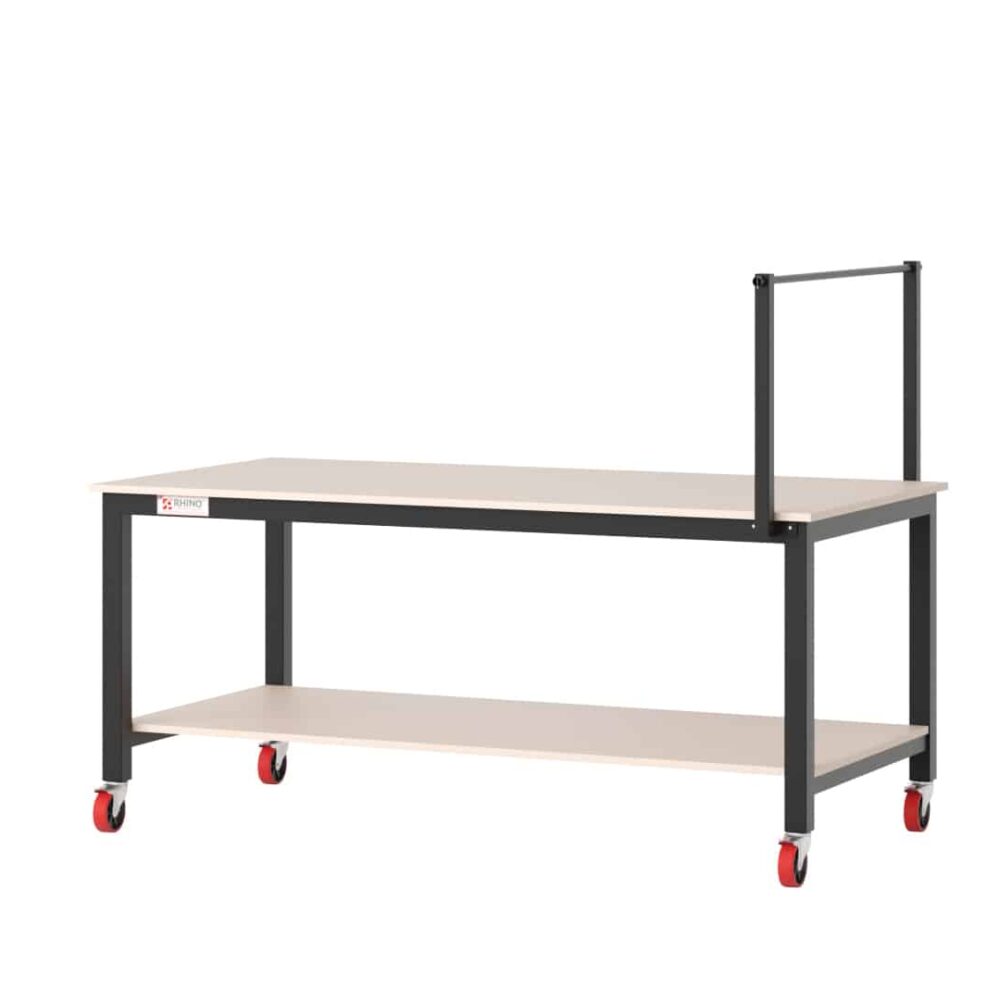
Heavy Duty MOBILE Metal Workbench with Roll Dispenser
From £784.18 exc. VAT This product has multiple variants. The options may be chosen on the product page -

Heavy Duty ADJUSTABLE Workbench
From £649.03 exc. VAT This product has multiple variants. The options may be chosen on the product page -
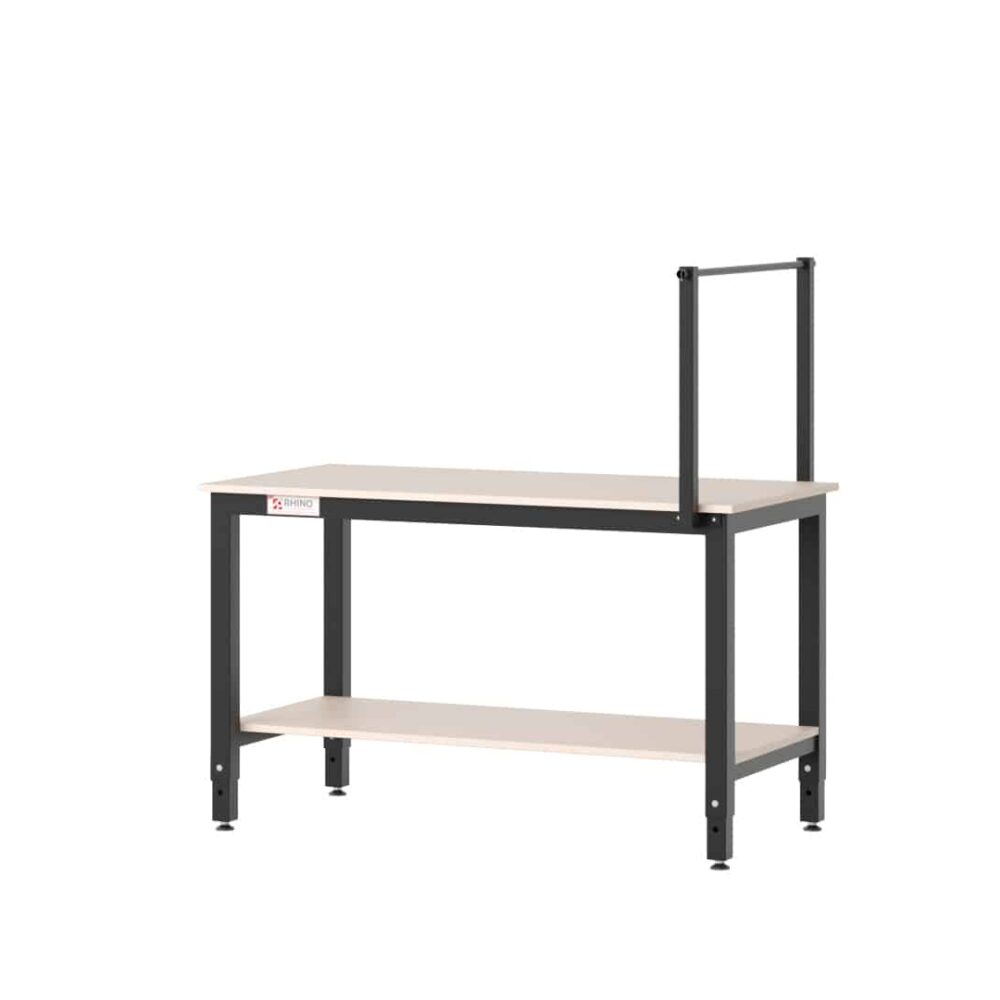
Heavy Duty ADJUSTABLE Workbench With Roll Dispenser
From £864.19 exc. VAT This product has multiple variants. The options may be chosen on the product page -
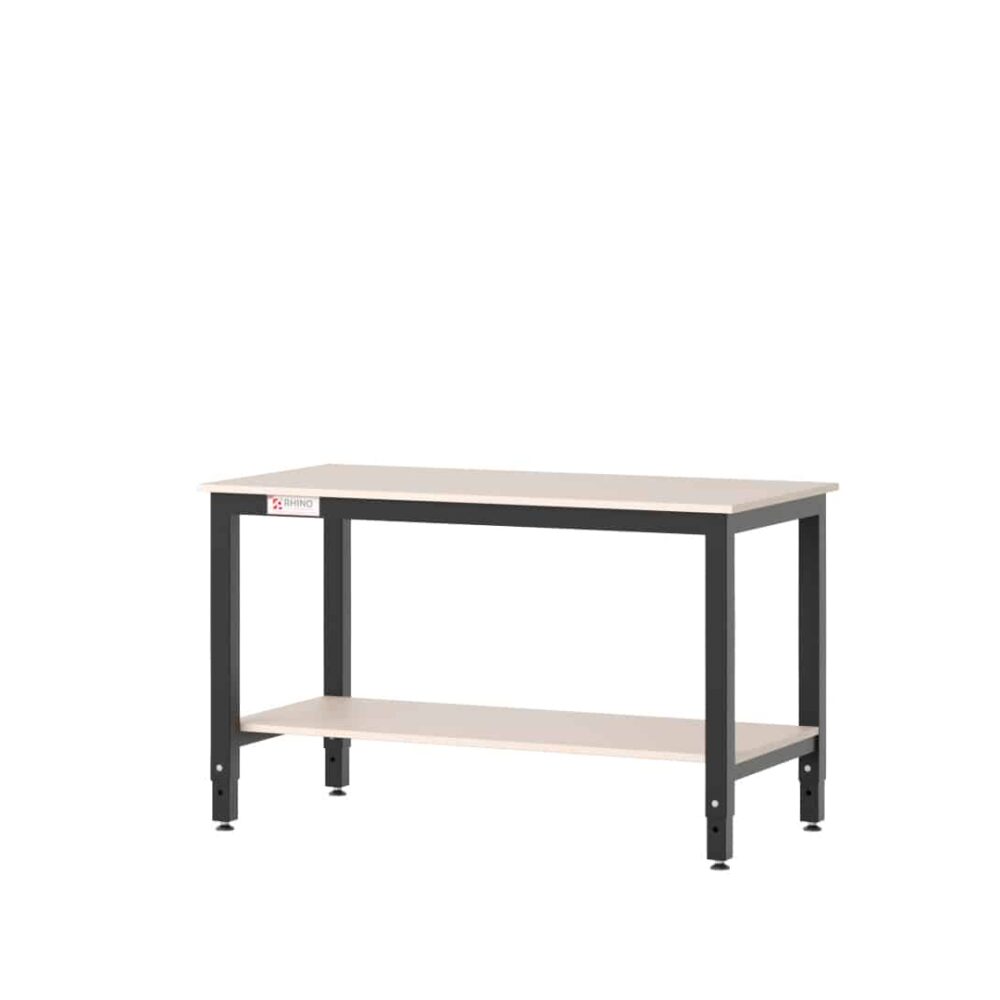
Heavy Duty ADJUSTABLE Workbench With Undershelf
From £758.79 exc. VAT This product has multiple variants. The options may be chosen on the product page -
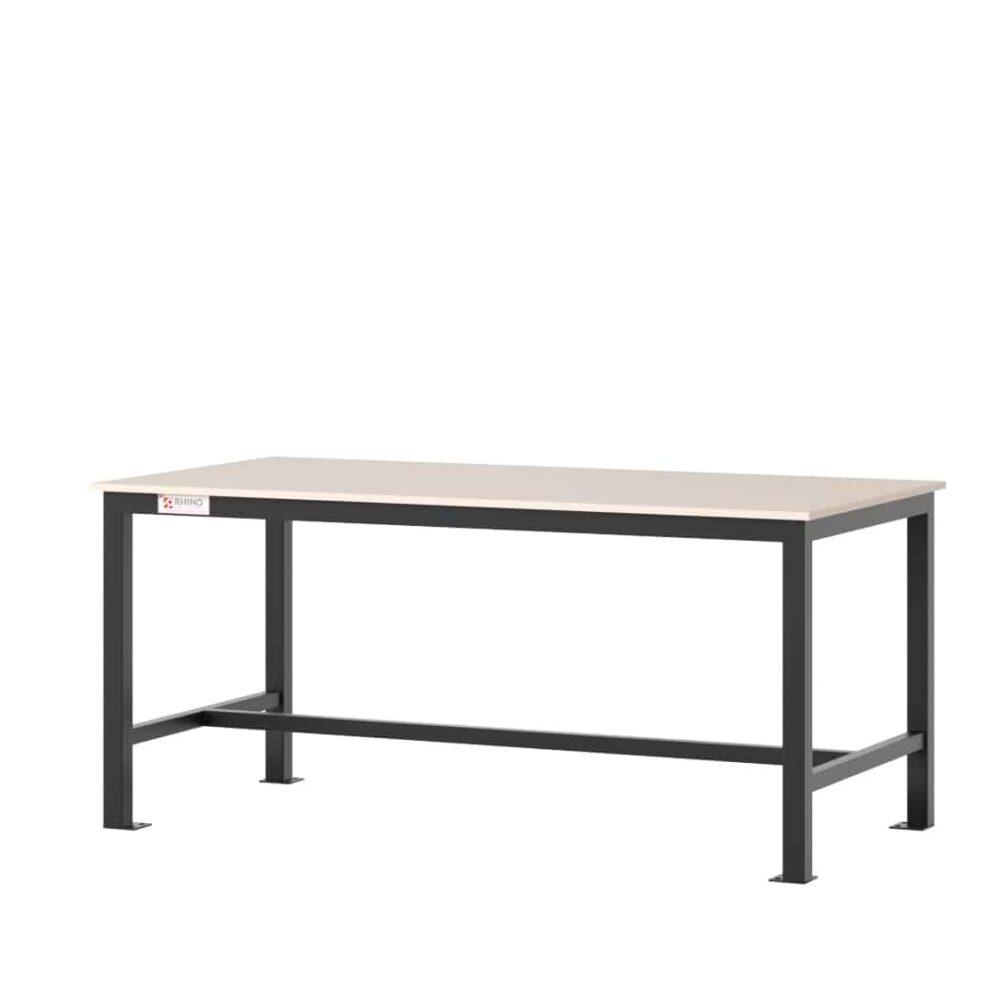
Heavy Duty FIXED Workbench
From £599.03 exc. VAT This product has multiple variants. The options may be chosen on the product page -
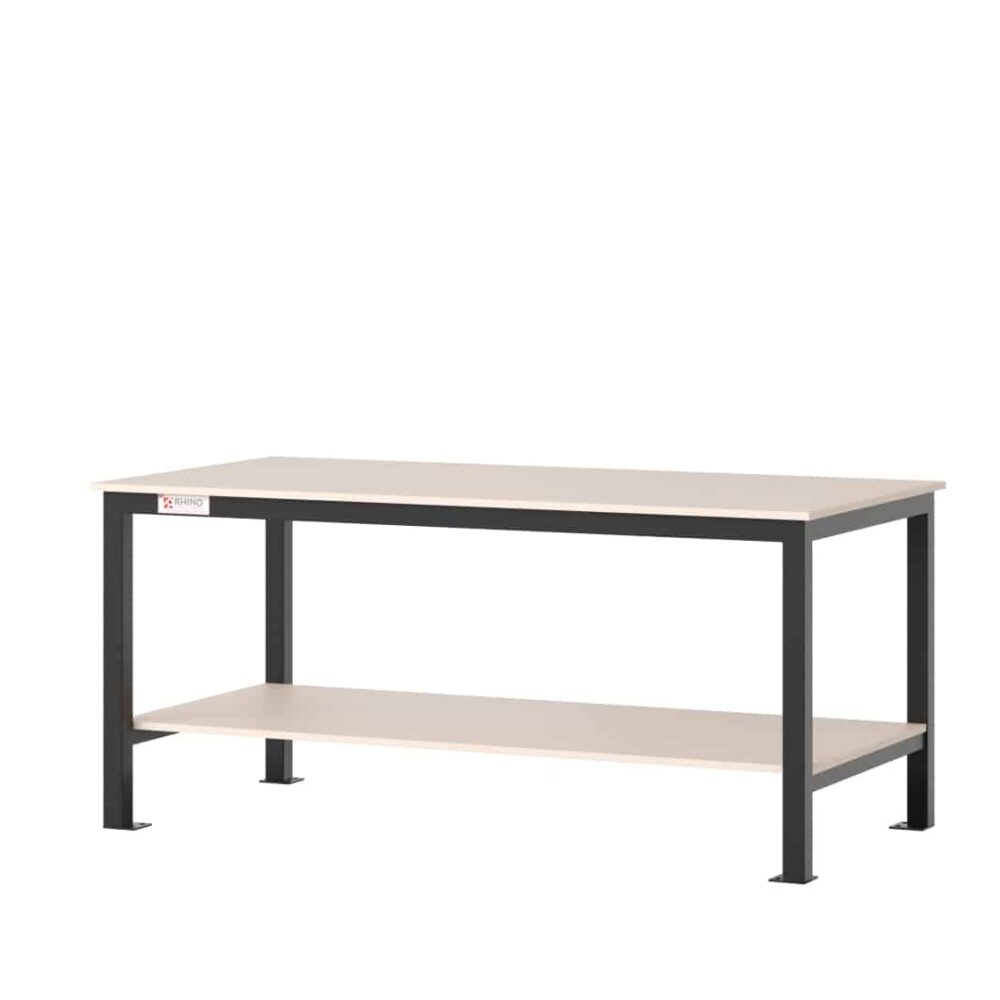
Heavy Duty FIXED Workbench with Undershelf
From £708.29 exc. VAT This product has multiple variants. The options may be chosen on the product page -
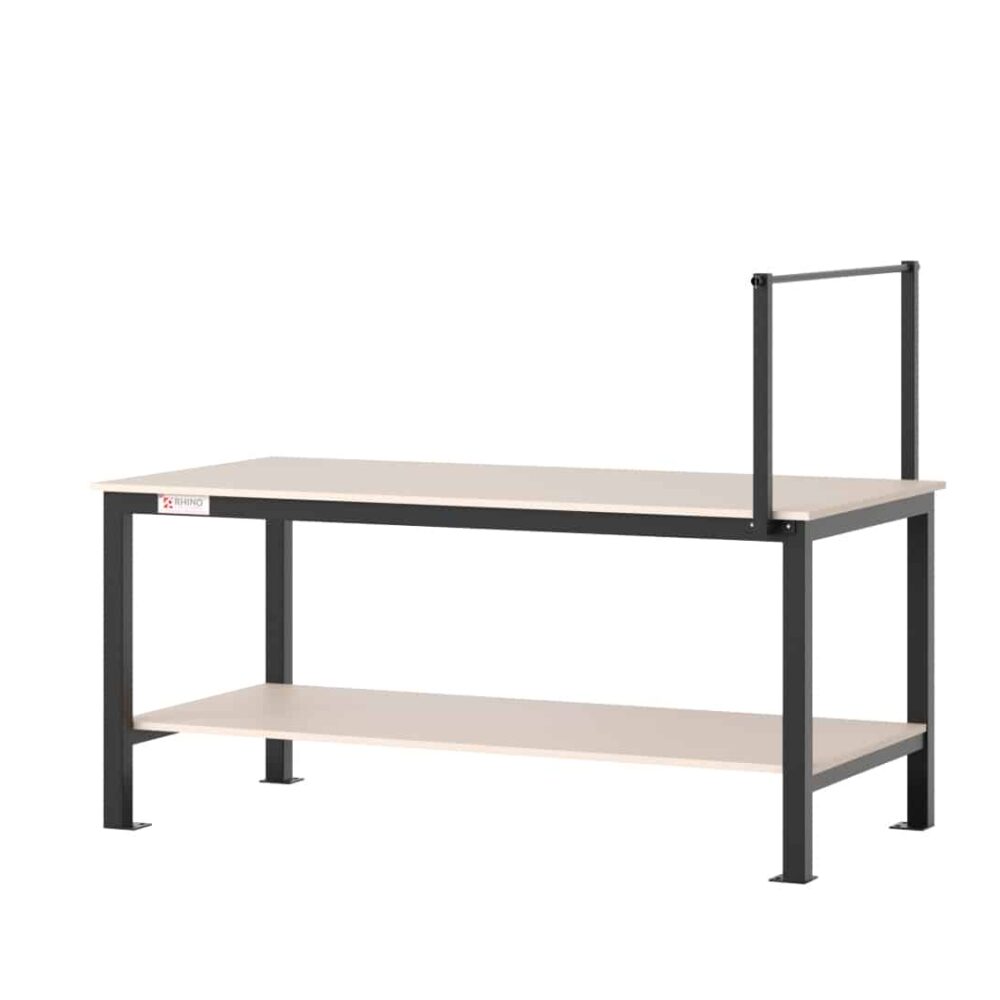
Heavy Duty FIXED Workbench with Roll Dispenser
From £814.19 exc. VAT This product has multiple variants. The options may be chosen on the product page -
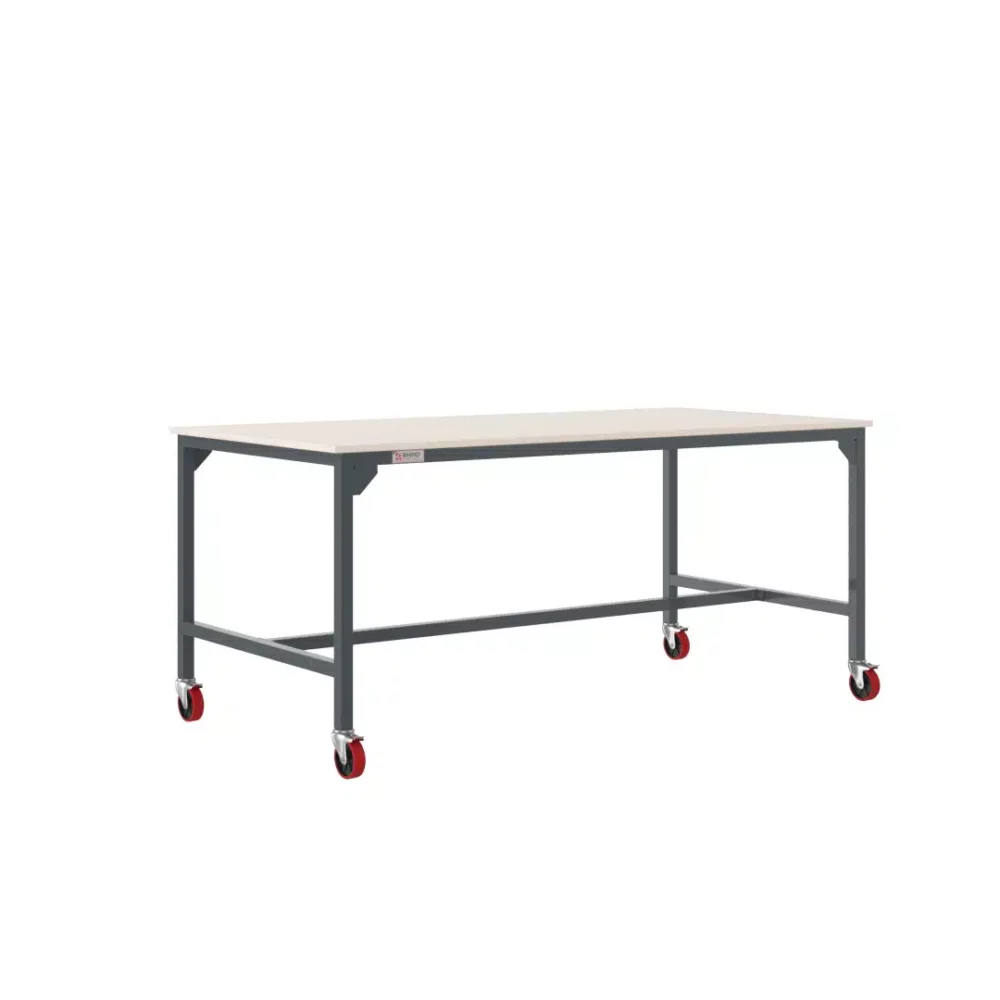
MODULAR Mobile Workbench
£515.95 exc. VAT This product has multiple variants. The options may be chosen on the product page -
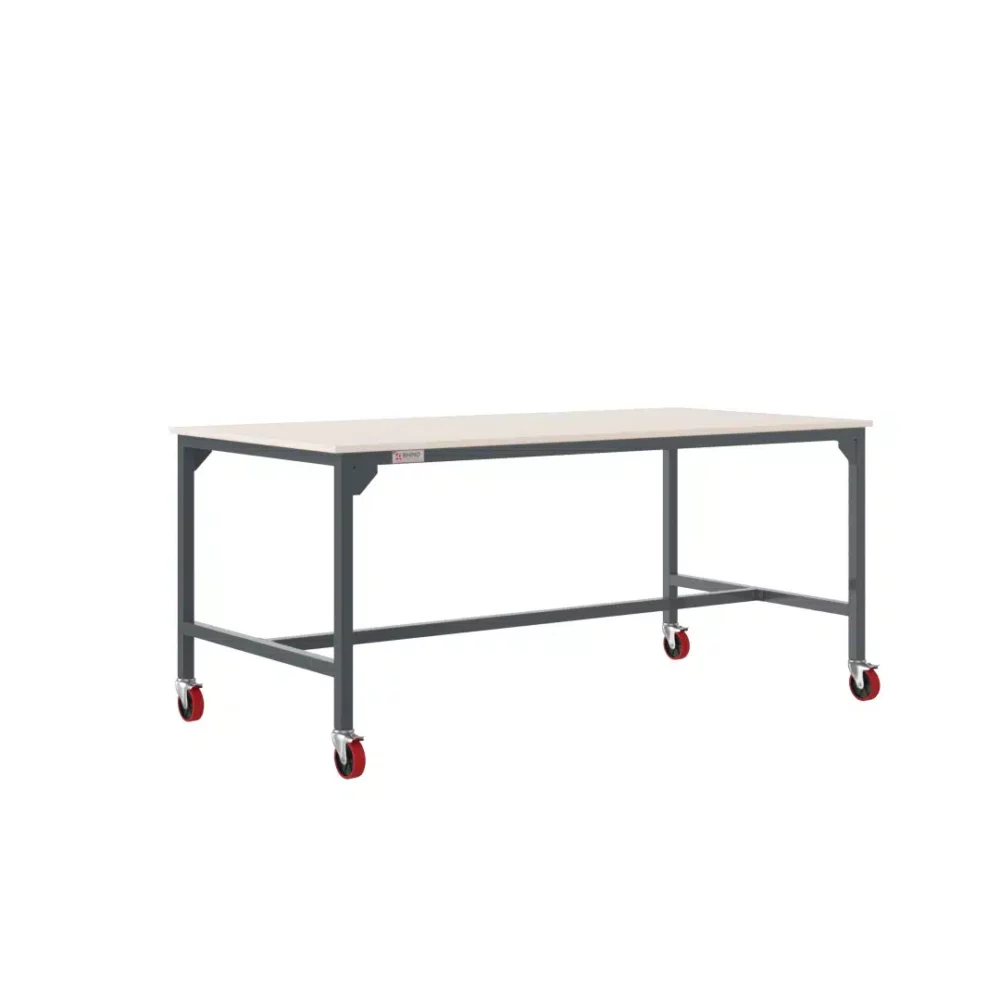
MODULAR Mobile Workbench With Undershelf
£555.95 exc. VAT This product has multiple variants. The options may be chosen on the product page -

Heavy Duty Mobile Lab Bench
From £520.50 exc. VAT This product has multiple variants. The options may be chosen on the product page -

Heavy Duty Static Lab Bench
From £510.50 exc. VAT This product has multiple variants. The options may be chosen on the product page
Choose Your Ideal Workbench Size
The four standard sizes are:
- Small workbench 1500 x 750mm
- Medium workbench 2000 x 1000mm
- Large workbench 2440 x 1220mm
- Extra-large workbench 3050 x 1525mm
Five Heavy Duty Workbenches – Which is Best for You?
1. Demountable (Modular) Workbench
These industrial work benches come with bolt-together frames to allow easy dismantling for moving to another location, ideal for constricted access and have castors as standard. They are tested to 500kg UDL.
2. Mobile Workbench
These metal work benches have castors for excellent mobility and welded frames for a superior weight capacity of 800kg. We find that more customers want workbenches with wheels, often known as rolling or portable worktables. Tested to 800kg UDL. View all mobile workbenches.
3. Adjustable Height Workbench
These have welded frames and adjustable working height for comfort and efficiency; the height adjusts from 900 to 1100mm. Tested to 800kg UDL. View all height-adjustable benches.
4. Fixed Workbench
The easy-to-secure fixed metal work benches come with a strong welded frame and fixing plate feet to bolt down to the floor. Tested to 800kg UDL. View all fixed benches.
5. Lab Bench Table
The newest addition to the range, these are designed for education or commercial labs, and feature Trespa® tops as standard, giving an excellent scratch and chemical-resistant surface. They also feature an additional medium size in the range, 750 x 1800mm. The robust welded 40mm frames are open on one side, making them equally suited to sitting or standing at. Available as static (fixed) or mobile (wheeled), and tested to 350kg UDL.
Surface Protection Mats
Most benches come with an 18mm MDF worktop as standard for prolonged use while offering warmth and ‘give’; the work surface can be protected further with our range of surface protection or cutting mats, including anti-static versions and ESD-rated static dissipative mats. These mats can be supplied cut to a bespoke size to suit your exact needs. Trespa® tops are now also available on most models, please enquire.
Read our 3rd party reviews of both our surface protection mats and industrial work benches from satisfied clients.
FAQs:
What is the best worktop for a workbench?
Opinions vary, but many prefer the give and warmth of medium-density fibreboard for its value and ease of use. While workbenches come in various materials, MDF offers a comfortable work surface that is long-lasting when maintained. For regular chemical use, a high-pressure laminate such as Trespa® is excellent due to its durability and resistance to harsh substances.
What are the best workbench surfaces?
The ideal surface depends on your tasks. For packing and cutting fabrics, a timber or MDF top works well, providing warmth and cushioning. For a wipe-clean surface, a laminate like Trespa® is the best choice. If food hygiene is a priority, stainless steel offers a robust and easy-to-clean option. These materials are designed to handle heavy use and are built with sturdy steel frames to ensure longevity.
What is a good workbench?
A good workbench combines features, size, and price to meet your needs. Look for options that are designed to handle heavy loads and come with features like castors for mobility, helping you organise tools and materials efficiently. Features such as a swivel base or a sturdy steel frame enhance flexibility and durability, making it easier to adapt the bench for various tasks.
For more guidance please see our blog post.
What is the best woodworking bench?
The best woodworking bench typically includes an undershelf to store materials, fixings, and tools, all housed in a sturdy steel structure for stability. Compact dimensions and features like castors or a swivel mechanism can make the bench versatile, while fixing plates allow it to be bolted down securely. This ensures a solid worktable that is designed to handle the rigors of woodworking.
What is the hardest-wearing benchtop?
In timber tops, MDF or hardwood is tough, but the hardest-wearing surfaces are high-pressure laminates such as Trespa®. These tops are long-lasting and resistant to scratches and chemicals. For the toughest wear, metal surfaces are extremely durable, although they may not be practical for all applications. Additionally, protecting any top with a cutting mat can extend its life.
How do I choose a workbench?
Choosing a workbench is not easy with so many options. We suggest considering factors like delivery timescales, appropriate size and work surface materials, accessories like castors, and price point are probably the leading considerations.
What is the best height for a workbench table?
As most users of benches or workstations will be standing or seated on high stools the best height is normally 900mm off the floor. With our height-adjustable work benches, the working surface height can be adjusted from 900 to 1100mm.
Do you offer custom sizes of workbench as my needs are unique?
Yes, we do offer non-standard sizes depending on the quantity required.
What should I consider when choosing a super heavy duty workbench for industrial use?
When choosing a super heavy duty workbench for industrial use, consider the maximum load capacity to ensure it can handle the heavy loads typical in such environments. Evaluate the worktop material, such as steel for exceptional durability or laminate for versatility. Look for steel construction to enhance durability and longevity, ensuring the workbench is built to last.
Additionally, assess features like castors for mobility, customisable options to fit your specific workspace, and whether the workbench is fully assembled for ease of setup. Choosing a workbench from our workbench range ensures you get a British-made solution designed to support your industrial needs effectively.
How does a laminate top compare to a steel top for a garage workbench?
A laminate top offers a versatile and easy-to-clean surface, ideal for general garage tasks like assembling or repairing. Laminate worktops are lightweight and handle moderate heavy loads, making them suitable for various work tables. In contrast, a steel top provides superior durability and longevity, better suited for handling substantial heavy loads and more demanding tasks.
Steel construction ensures the workbench can withstand constant use and resist damage from tools and materials. Choosing between laminate and steel depends on your specific needs for maintenance, durability, and the types of tasks you perform in your garage workspace.
How does a medium duty workbench differ from a heavy duty steel version?
A medium duty workbench is designed for less demanding tasks with a moderate load capacity, while a heavy duty steel workbench is built for more rigorous use, offering higher weight capacities and greater durability for handling substantial loads in an industrial setting.
What are the benefits of castors on a metal workbench?
A medium duty workbench is designed for tasks that require handling moderate loads, offering a balance between strength and versatility suitable for light to medium industrial applications. It typically has a lower weight capacity compared to a heavy duty steel workbench, which is built to support substantial heavy loads with robust steel construction for exceptional durability.
Heavy duty workbench options are ideal for demanding environments like warehouses and industrial workshops where maximum load capacity and sturdy construction are essential. Choosing between the two depends on your specific load requirements and the nature of tasks in your workspace.
What does weight capacity mean for an industrial workbench?
Weight capacity refers to the maximum load an industrial workbench can safely support without compromising its structural integrity or performance. It indicates how much weight the workbench can handle, including the combined weight of tools, materials, and equipment used on the workspace. Understanding the weight capacity ensures that the workbench is suitable for your specific industrial tasks and can manage heavy loads typical in demanding environments. Selecting a workbench with an appropriate weight capacity is essential for maintaining safety and ensuring the longevity of your workstation.
How is load capacity measured on heavy-duty workstations?
Load capacity on heavy duty workstations is measured by the maximum load the workbench can support uniformly across its surface without structural failure. This is typically expressed as a uniform distributed load (UDL) in kilograms or pounds.
Manufacturers test workbenches to determine their load capacity, ensuring they meet specific standards for durability and safety. Factors influencing load capacity include the workbench's steel construction, the design of the frame, and the worktop material. Understanding the load capacity helps in selecting a workbench that can handle the demands of your workspace effectively.
How does steel construction improve a workbench’s durability?
Steel construction significantly enhances a workbench’s durability by providing a robust and resilient framework capable of withstanding heavy use and substantial loads. Steel frames resist bending, warping, and other forms of deformation, ensuring the workbench remains stable and reliable over time.
Additionally, steel offers an exceptional strength-to-weight ratio, making the workbench both strong and manageable. This construction method also contributes to the longevity of the workbench, allowing it to handle demanding tasks in industrial settings without frequent maintenance or replacement. Overall, steel construction ensures that the workbench is built to last and perform consistently in challenging environments.
When should I choose a workbench with laminate over other surfaces?
Choose a workbench with a laminate surface when you need a versatile and easy-to-maintain worktop material suitable for a variety of tasks. Laminate workbenches are ideal for applications that require a smooth, wipe-clean surface, such as assembly, packing, or light machining. They offer a balance between durability and affordability, making them suitable for medium duty workbenches in environments like garages or light industrial settings. Additionally, laminate surfaces can be customised to fit your specific workspace needs and are available in various colours and finishes to match your work environment. Selecting a laminate workbench is a practical choice when flexibility and ease of maintenance are priorities.
What are the benefits of a stainless steel top on a workbench?
A stainless steel top on a workbench offers numerous benefits, including exceptional durability and resistance to scratches, chemicals, and heat, making it ideal for environments that require frequent cleaning or exposure to harsh substances. Stainless steel surfaces are hygienic and easy to sanitise, which is essential for food processing or medical workspaces.
Additionally, stainless steel provides a sleek, professional appearance and is highly durable, ensuring the workbench can handle heavy loads and demanding tasks without deteriorating. The non-porous nature of stainless steel also prevents the accumulation of dirt and bacteria, enhancing the overall functionality and longevity of the workspace.
What does UDL mean and how does it relate to a workbench's maximum load?
UDL stands for Uniformly Distributed Load, which indicates the maximum load a workbench can support evenly across its entire surface. This measurement ensures that the workbench is designed to handle heavy and balanced loads without structural compromise. If you have specific requirements or need guidance on selecting a workbench with the appropriate UDL and maximum load capacity for your needs, please feel free to contact us for personalised assistance.
Get In Touch With Us
Cherwell House
Farm Road
Buckingham Road Industrial Estate
Brackley
Northants NN13 7AW


